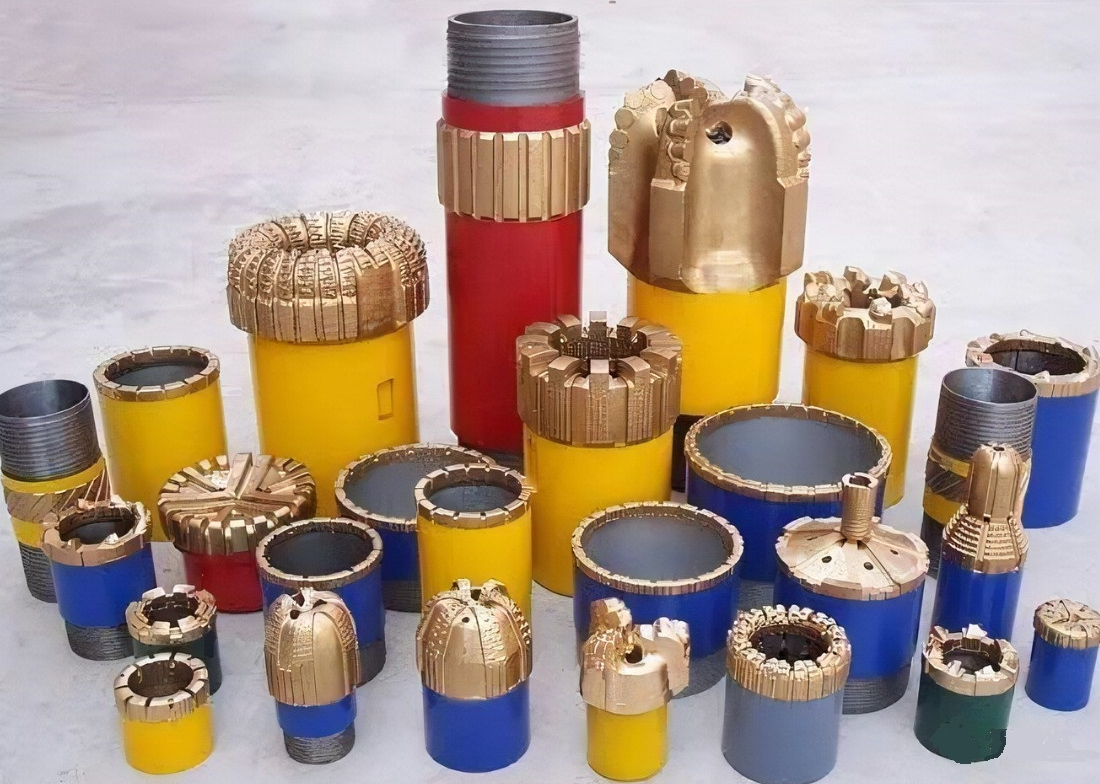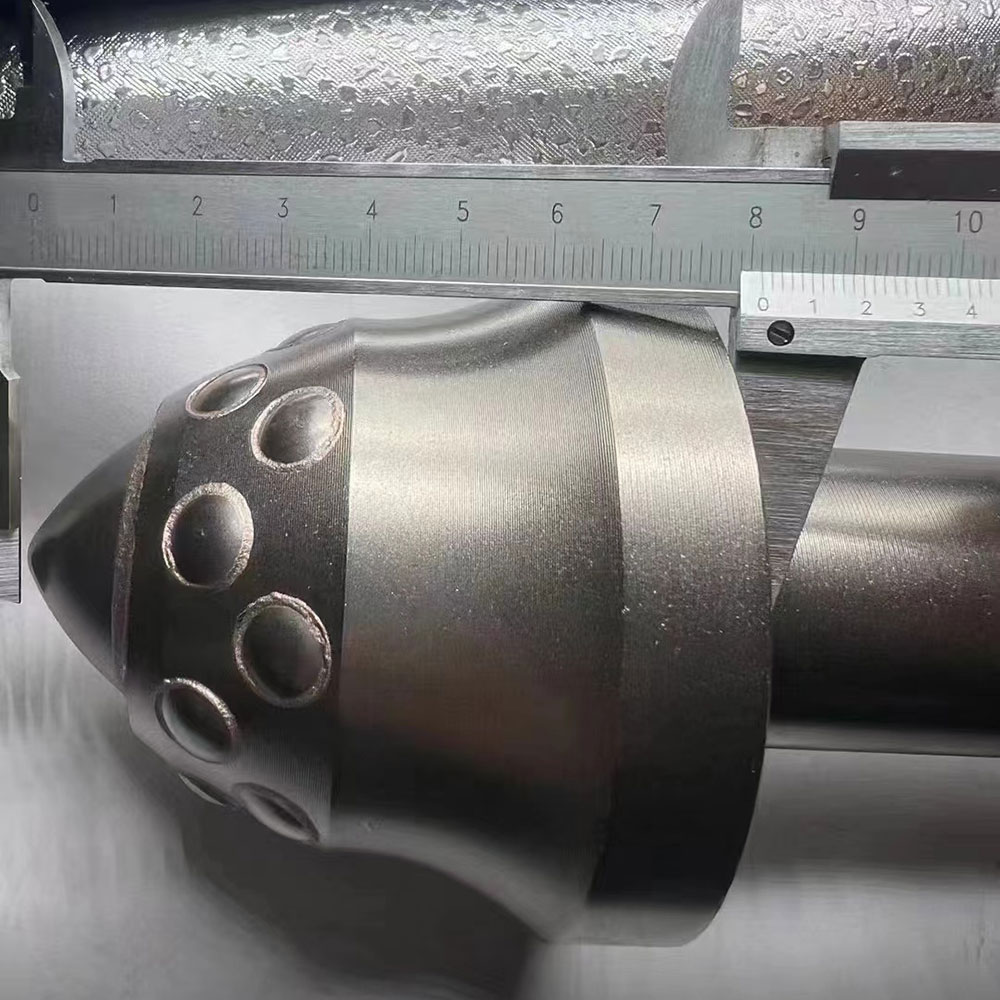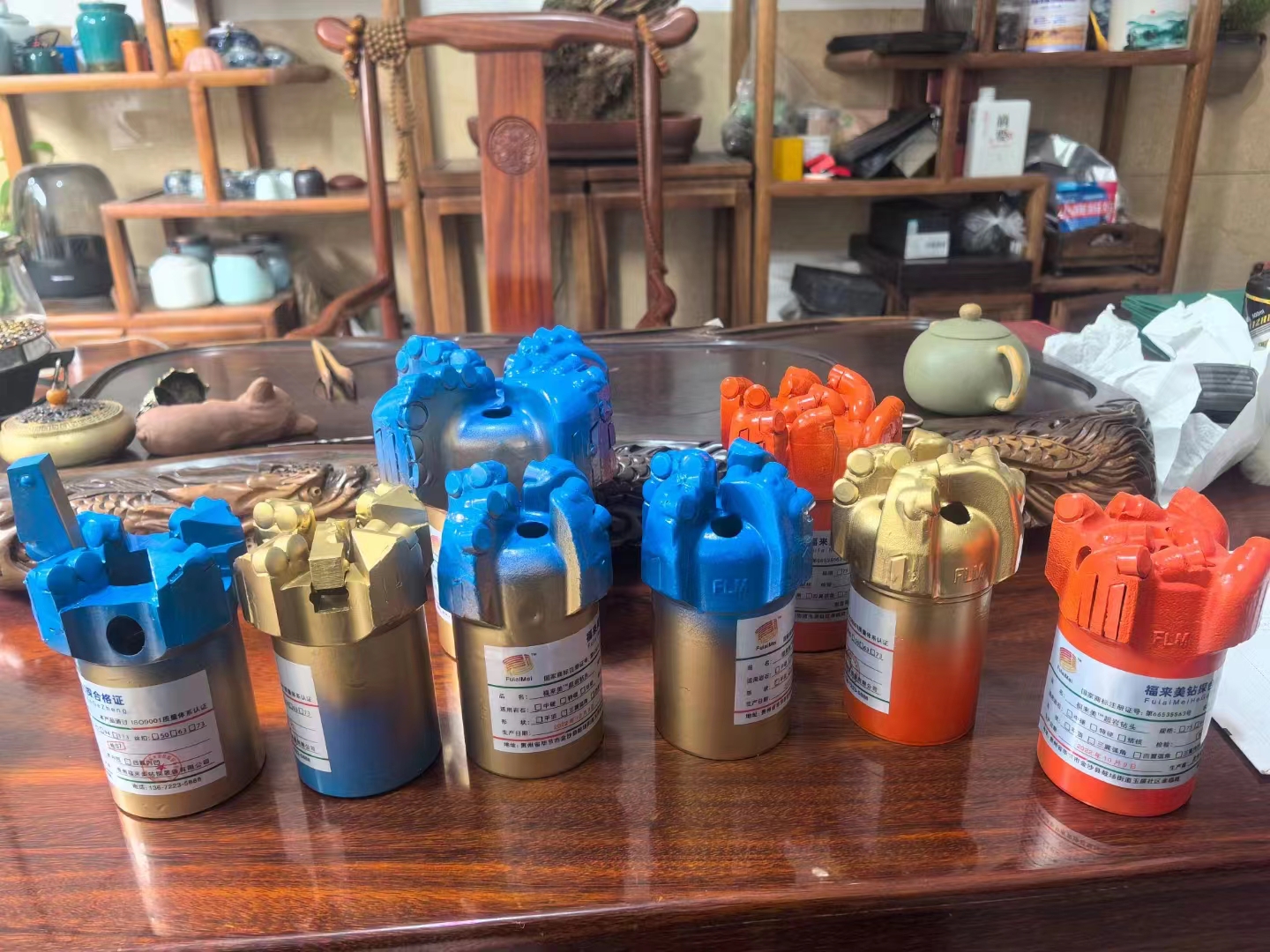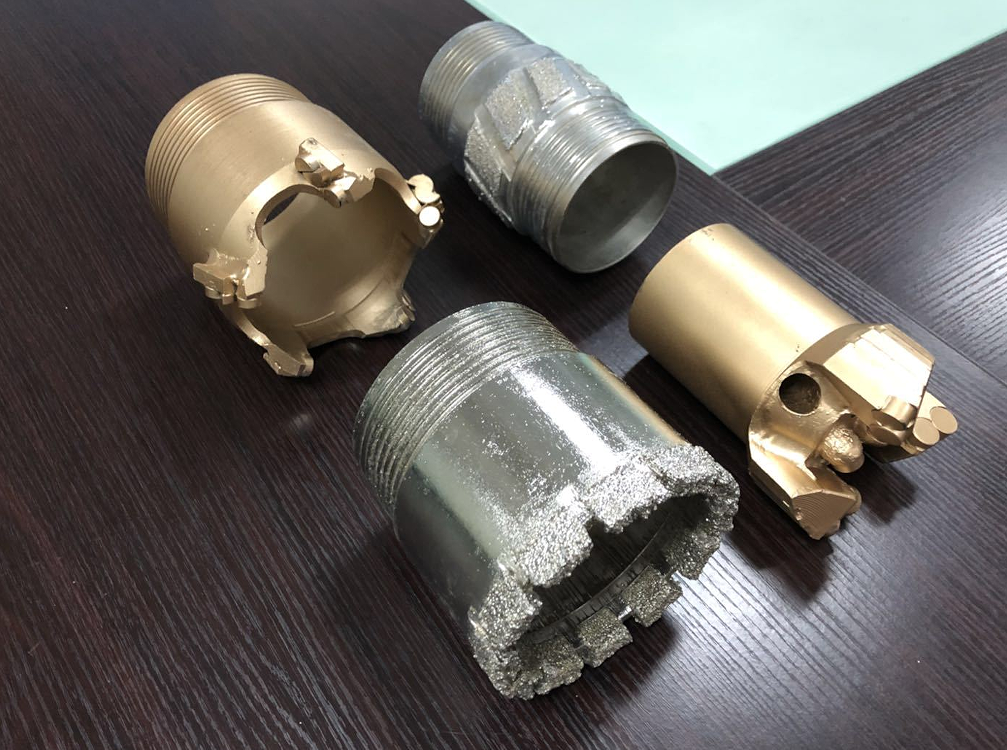Welcome to the official website of Guizhou Fulaimei Drilling Equipment Co., Ltd!
Contact Phone:13968981314
See completely understand! Which kind of rotary drilling rig bit should be used for different formations
Release time:
2024-05-30 09:37
Rotary drilling rig is the most common equipment in the current pile construction. Because the geology of each place is different, how to choose the appropriate drill bit in the process of piling has become a key issue. Today we will talk about how to choose the drill bit of rotary drilling rig after understanding the geological characteristics of the site.
Soil double bottom sand fishing drilling bucket:
It is suitable for silt, fine sand, silt, silty clay, clay, and some soft soil rocks, such as full, strongly weathered and moderately weathered mudstone, muddy sandstone, etc.; it is the most widely used drill bit in the industry.
Rock-socketed double-bottom sand bucket:
It is suitable for egg, gravel layer, moderately weathered soil-like soft rock, such as moderately weathered argillaceous sandstone, argillaceous conglomerate, etc. For hard rock with high weathering degree, such as fully and intensely weathered granite, it is often necessary to cooperate with barrel drill and spiral drill bit when drilling into hard rock.
Barrel Drill:
It is suitable for moderately weathered sandstone with obvious stratification (high coring probability) and ring cutting of hard rock layers. In the soil layer with high compactness or some soft rock strata, when the friction drill pipe is selected to cause slippage, the barrel drilling treatment can be tried.
rock socketed spiral drill bit:
It is suitable for crushing the hard rock layer of boulite and boulite in the hole. For part of the mastic stratum, pebble soil with medium density can be drilled with the auger bit when the double-bottom sand bucket of soil layer cannot be used for drilling.
double barrel drill:
It is suitable for drilling into egg and bouldering layer with particle size of 200~500mm. The double-layer barrel drill adopts a new drilling idea of "squeezing". Crushed and pebbles of different sizes will be brought out of the hole after being packed in the cylinder. When designing, the diameter of the outer cylinder is designed according to the pile hole diameter, and the diameter of the inner cylinder is designed according to the average particle size of the pebble, and the inner cylinder is higher than the outer cylinder. This drilling tool has been widely used in China, and is significantly better than other drilling tools in terms of drilling efficiency and drilling tooth loss.
Soil layer single bottom sand bucket:
The function of this drill bit is similar to that of the double-bottom sand fishing bucket, and the advantage is that it has a side soil inlet, and does not need to drill back to close the bucket door, so the drilling efficiency for the soil layer is higher. The disadvantage is that its weight is light, for some hard soil layer, especially when used with friction rod, there may be a phenomenon of slipping without footage, seriously affecting the drilling efficiency.
Soil Spiral Bits:
It is only applicable to clay layer with small pile diameter and large cohesive force. The advantage is that the height of the drill bit can reach up to 4m, the single footage is large, and it can effectively avoid the problem that other drill bits are difficult to unload slag in such projects. recommend used within the applicable scope.
Double bottom single door drilling tool:
Generally, it is a drilling tool with a diameter ≤ 1.2m. Compared with the double-bottom double-door drilling tool, it has a larger one-side soil inlet, which is more conducive to the drilling of some formations, such as the pebble formation with a particle size of less than 200mm. However, due to the asymmetric structure of the single door, there are higher requirements for design or production, otherwise it is easy to appear partial hole phenomenon. For pebble formation drilling with small pile diameter ≤ 1.2m, this bit is recommend used.
classification and use of drill teeth:
The drilling tooth is the part of the rotary drilling rig system that is directly in contact with the work object, and its selection, arrangement angle, arrangement spacing and other parameters are correct or not have a decisive effect on the construction efficiency. A good drill tooth should have the following characteristics: no cracks, continuous breaking, wear resistance, easy disassembly and assembly, etc.

Related Information
2024-06-13
2024-05-30
The importance of maintenance for petroleum machinery
2024-05-27








